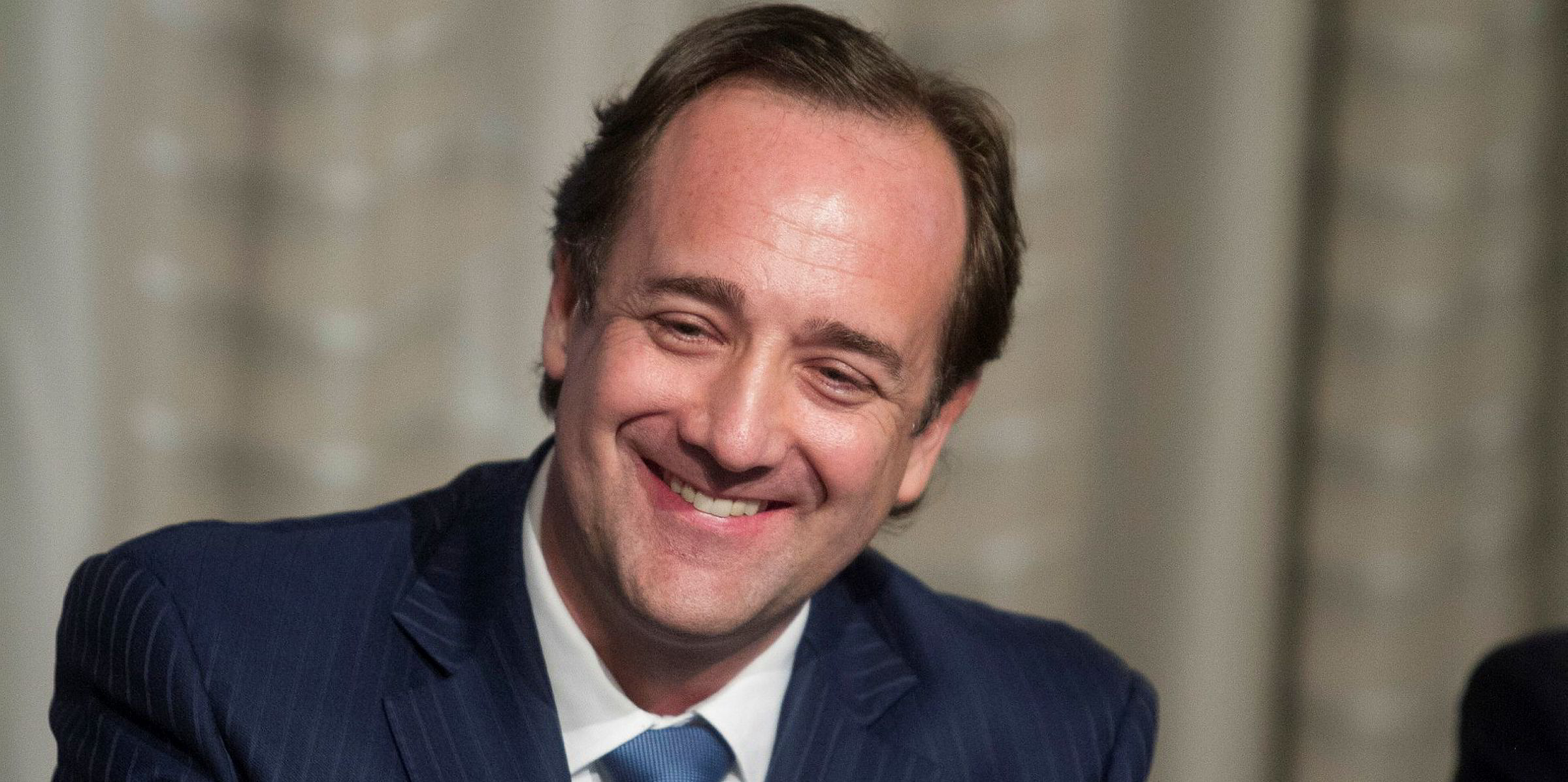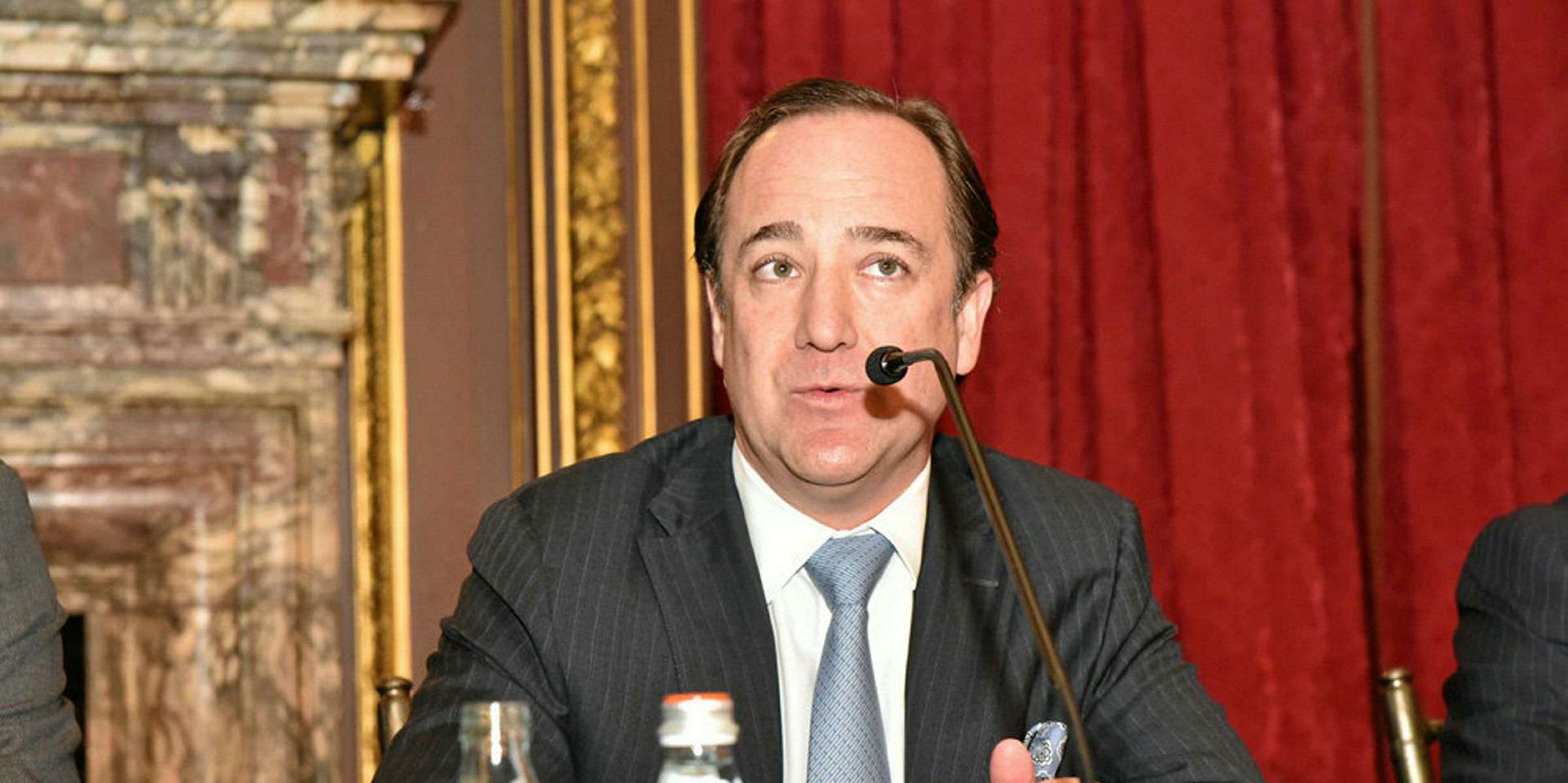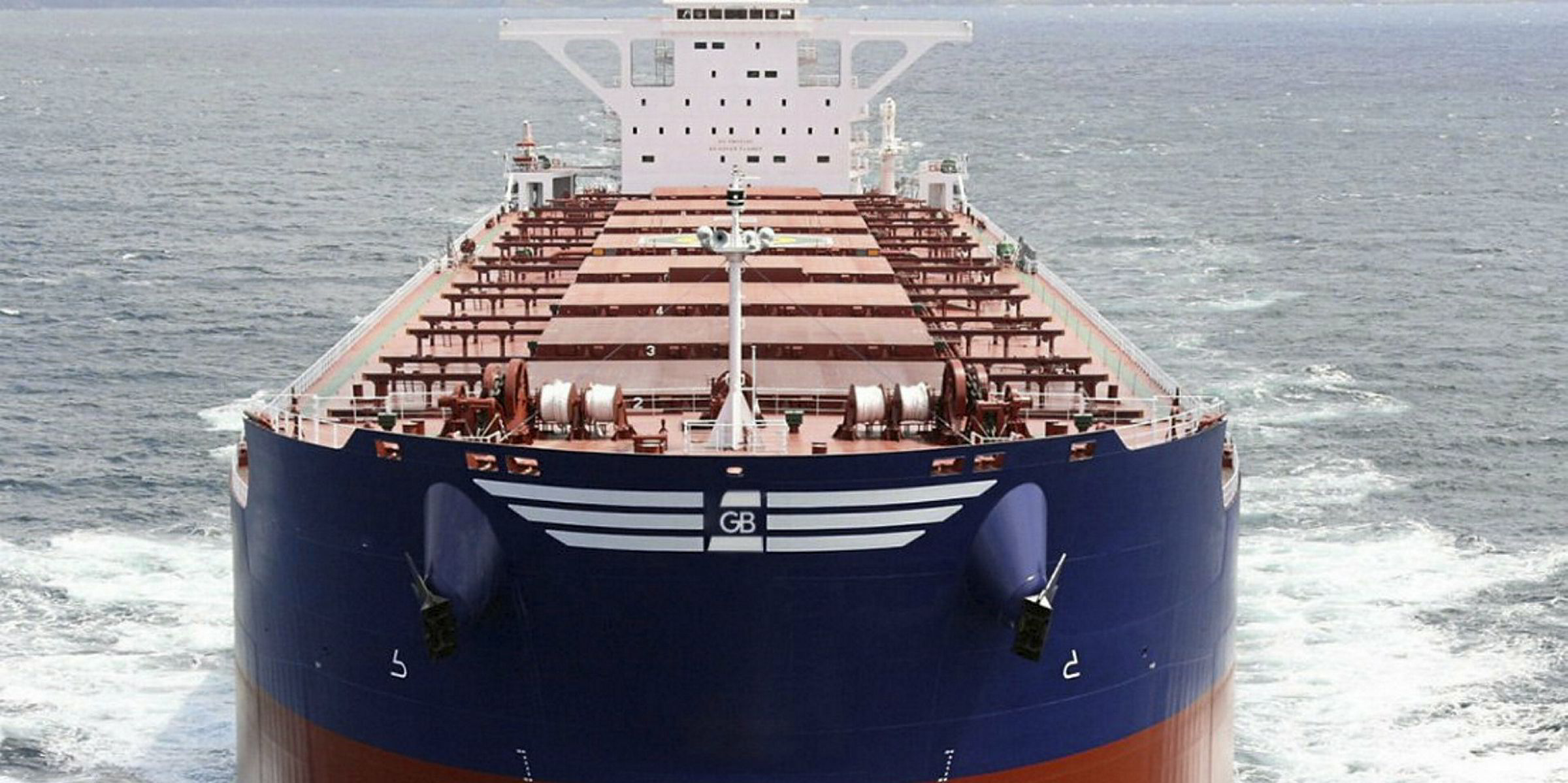Capesize rates should head back up by the end of this year, having fallen considerably over the past two weeks, Genco Shipping & Trading's John Wobensmith says.
They have slid 28% to $23,782 per day since 22 July amid several factors, including return of tonnage to the Atlantic basin, US-China trade tensions and falling iron-ore spot prices.
"It seems to be settling out," he said during today's second-quarter earnings call.
Iron-ore prices declined 14% to $96.56 per metric tonne in the past week into a bear market on lower steel prices.
"That's usually a short term phenomenon in the sense that people pull back on their purchases," he said.
"As soon as that price stabilizes again, I think you're going to see more buyers come back into the market and Cape rate should continue to move back up."
He said a "fairly stable floor" under cape rates should keep them stable for now instead of falling further.
"If you look at the FFAs, that paper will certainly tell you that things are stable," he said.
"We still anticipate another push upwards on rates before the end of the year."
Rates are expected to hover around $20,000 per day for the rest of the year, according to Baltic Exchange data.
Capesize rates bottomed out in early April to $3,460 several weeks after the 25 January Vale dam disaster in Fiajeo, Brazil, that killed hundreds of workers and took 93 million tonnes of iron ore off the market.
They rebounded steadily over the ensuing three months to a peak of $32,963 per day — a number which analysts called an "overshoot" driven by the return of Vale's Brucutu mine.






